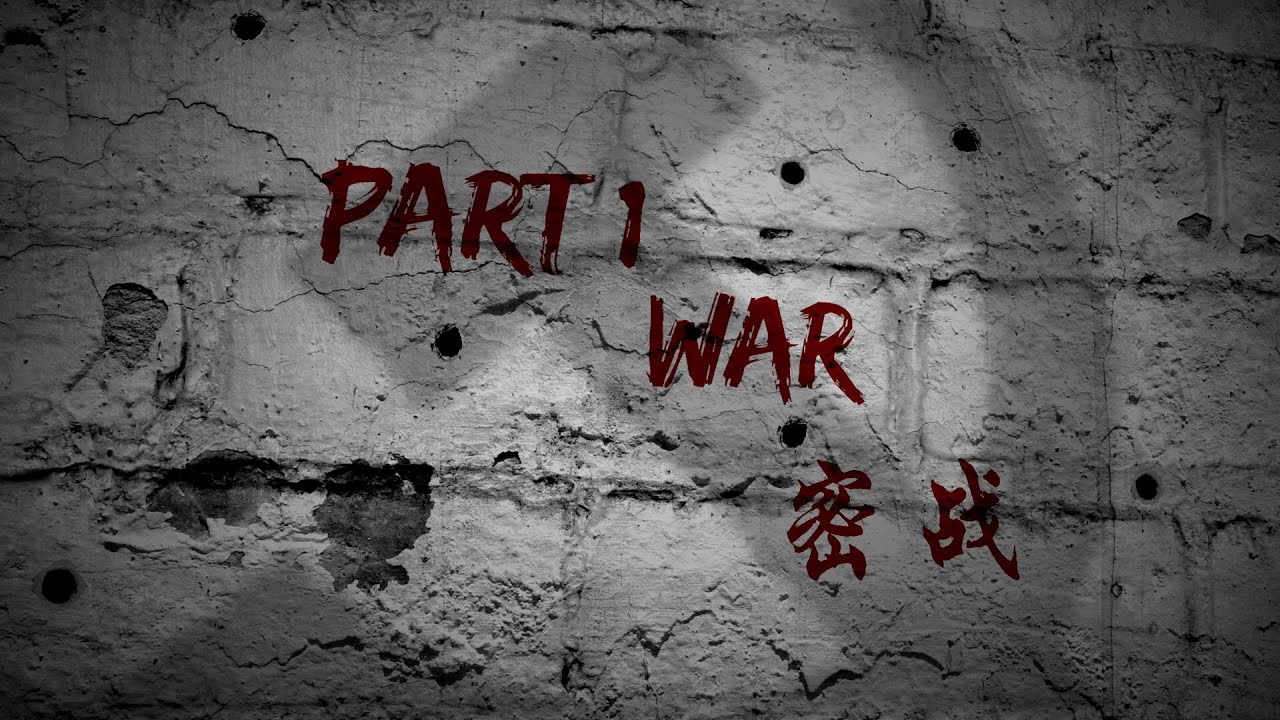By Claire Ong
Just a 7.5-hour flight from Singapore is Doha, Qatar’s capital, host to the 2022 FIFA World Cup and a thrilling blend of old and new.
It is easy to know why Qatar is the world’s richest country once you step into its capital. Doha’s skyline boasts futuristic skyscrapers, luxury hotels, swanky malls and The Pearl, the first land in Qatar available for freehold ownership by foreigners. This luxury living estate cum high-end shopping haven is a man-made island built atop an old pearl diving site, and is scheduled for completion in 2018.
Buoyed by oil money and a population of nearly 90% migrant workers, Qatar’s reputation looks poised to improve even further if it were to carry out the human rights reforms it announced last year. These include laws to improve labour standards for migrant workers under its kafala system.
But Qatar isn’t all new and glittery, or endless ultra-modern buildings. The land of year-round sunshine is also home to traditional markets (souks), a UNESCO heritage site dating back to the 18th century, over 560 kilometres of coastline where sand sports are popular, and so much more.
Here are four gems of Qatar that you’d love:
Souq Waqif

Just a 15-minute drive from Hamad International Airport is Souq Waqif, an authentic Arabian market. Billed as a “standing market” in Doha, this souq is always bustling with activity and is famed for selling jewellery, perfumes, traditional garments, exquisite textiles, spices, honey, home decor, handicrafts, souvenirs and toys.
Situated near the city’s waterfront and dating back nearly a century, this labyrinthine market was restored in 2006 and retains its traditional architectural style. On top of Arabic delicacies, Souq Waqif also has “a range of restaurants serving a variety of cuisines such as Yemeni, Iranian, Iraqi, Thai, Malaysian, Indian, etc.”, making it “one of Qatar’s most vibrant social hotspots”, writes the Commercial Bank of Qatar.
The Falcon Souq is a must-see when you are here. Over a dozen shops sell falcons and related paraphernalia, and Qatar’s national bird can sell for $600 to as much as $100,000, depending on the falcon’s skill. Visitors can seize the rare opportunity to get up close with a falcon and have their photo taken with the bird perched on their arm.
There are also shops specialising in local and imported jewellery made from gold, silver, diamonds, pearls or other stones. All gold jewellery sold in Qatar has a government stamp ensuring its purity, so you can be assured of your purchases. Most items are priced by weight, depending on the value of gold that day. This part of the souq is especially lively in the evening.
As you inhale the aroma of spices and get dazzled by the array of merchandise, don’t forget to indulge in some kunafeh, a Turkish dessert soaked in a sweet sugar syrup. This treat makes for a great snack as you wander around the cobbled-alley bazaar. Buy your sweet treat from Al Aker in the souq, for one of the best kunafeh around.
Souq Waqif’s horse stables are “designed to give visitors a sense of a bygone era, when the prized Arabian horses played a major part in the everyday life of locals”, writes CNN Travel. Visit “Qatar’s oldest market” for an “authentic Doha shopping experience”.
Museum of Islamic Art

Also a 15-minute drive from Hamad International Airport is Qatar’s Museum of Islamic Art, where you can marvel at the finest Middle-Eastern treasures collected across three continents and 14 centuries.
Pritzker Prize-winning veteran architect I.M. Pei, known for designing the Louvre’s glass pyramid, came out of retirement to design the Museum of Islamic Art. Built on a reclaimed island, the majestic, five-storey structure is an iconic addition to Doha’s skyline and draws much influence from ancient Islamic architecture, notably Cairo’s Ibn Tulun Mosque.
With a wealth of art and a treasure trove of historical resources, the museum boasts an impressive collection of ceramics, glass, metalwork, manuscripts and textiles dating back to the seventh century. Special exhibitions cover over a thousand years of Islamic art, giving an unparalleled glimpse into Qatar’s history and culture.
Along with the permanent and temporary galleries, there is a library and an auditorium where regular talks and interactive workshops are held. The museum is also child-friendly, with Family Tours, Children’s Weekday Workshops, and playgrounds in the MIA Park to keep children occupied.
Lonely Planet recommends the museum’s “free 40-minute guided tours (in English and Arabic) of the permanent collection on Thursday at 2pm and Saturday at 4pm, and of the temporary or special exhibitions on Wednesday at 2pm”. The museum is closed on Tuesdays.
To get a sneak preview of the museum’s collections, which have been digitised, visit http://www.mia.org.qa/en/collections/search-collections.
Khor Al Adaid
(Inland Sea)

Get prepared for your breath to be taken away when you behold Khor Al Adaid, also known as “Inland Sea”. A major natural attraction of Qatar, this UNESCO-recognised natural reserve boasts its own ecosystem, and is one of the few places in the world where the sea encroaches deep into the heart of the desert.
Khor Al Adaid’s natural architecture of sabkha flats, or salt-crusted desert, are built eastward by quartz sand being delivered from dunes by the dominant north-northwest shamal winds. This is the only place in the world where you can observe this rapid process of sand dunes traversing the flat surface into the sea and continually prograding the sabkha (salt flat) in a seaward direction.
Here, you can also find diverse native terrestrial flora and fauna alongside a varied and sensitive marine ecosystem adds to the allure of this largely uninhabited area. The flora present here can be found all across the Arabian Peninsula, yet cannot be found elsewhere in this same combination.
If you are lucky, you can spot internationally rare and endangered animal species, such as dugong and turtles, in Khor Al Adaid. Region-specific animals that are endangered can be found here as well, such as Ospreys nesting on islets. The conservation community here continues to support Arabian gazelles, and there are plans to reintroduce the Arabian Oryx within the hinterland of Khor Al-Adaid.
You can also enjoy sand boarding on Khor Al Adaid’s giant sand dunes, or engage a reputable tour company if you want to try dune bashing. If you are keen on off-road driving, explore the Qatari desert in a four-wheel drive vehicle, quad bike or dune buggy; camping is also a popular pastime, where you’ll find yourself having a tranquil night basking under the stars.
Going on an organised tour is the best way to see Khor Al Adaid, and many tour agencies offer one-day or overnight activity packages in Khor Al Adaid. Overnight tours often include folkloric entertainment and a barbecue, as well as camping equipment. There are a number of tour operators who offer guided exploratory tours of the desert, followed by evening or overnight safari camping.
Khor Al Adaid is an hour’s drive from Hamad International Airport. The best way to get there is by a four-wheel drive.
Zubarah Fort

Another local gem tucked away from the capital is Zubarah Fort, situated in the historic town of Al Zubarah. Originally built in 1938 to serve as a Coast Guard station, rumour has it that the fort was meant to be a police station instead.
Recently declared a UNESCO World Heritage site, the walled coastal town of Al Zubarah thrived as a pearling and trading centre in the late 18th and early 19th centuries. The distinguishing feature of Al Zubarah, which sets it apart from other Gulf trading towns, is that it was abandoned not long after it was founded, and has remained untouched since.
Until the mid-1980s, the sturdy fort served as a station for the Coast Guard, before it was transformed into a museum to display findings uncovered in the nearby Al Zubarah archeological area, as well as diverse exhibits and artworks.
Eight rooms on the ground floor, which originally housed soldiers, now showcase exhibitions of exquisite pottery and archaeological findings such as coins from the neighbouring Al Zubarah town. Visitors will also find ‘iwan’ on the ground floor, which are small porticos overlooking the courtyard through square arcades. In the courtyard, you may peek under the four-pillar canopy down the 15-metre-deep well, which served as a reservoir for the soldiers.
No visit to the fort would be complete without climbing one of the external staircases in the courtyard to the second floor. This level has a wide promenade and a few rooms tucked inside the corner towers. The walls of these rooms feature clusters of gunfire holes that are angled in different directions. Stairs with wooden rungs that still remain in the towers enabled the men to climb up to the roof and patrol the surrounding areas with a bird’s-eye view.
The Zubarah fort and the town in which it is situated are important places in the early development of Qatar, and offer experiences that should not be missed.
The fort is open regularly from 8 a.m. until 6 p.m. except for early Friday mornings and Saturdays. Zubarah Fort is a 1.5-hour drive from Hamad International Airport.
This article was written with information from Qatar Tourism Authority.
















